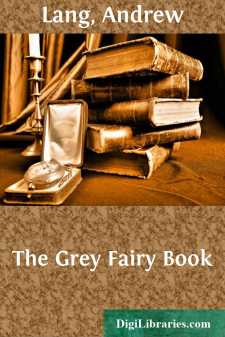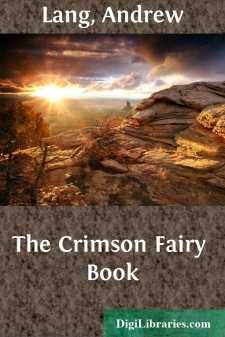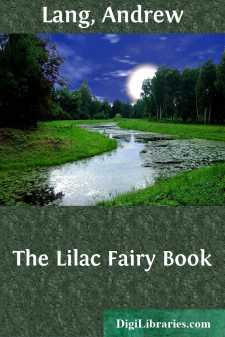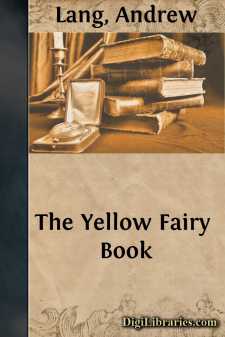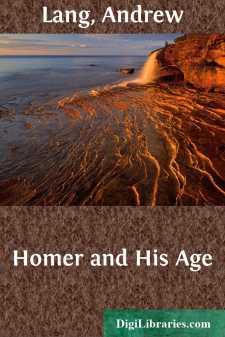Categories
- Antiques & Collectibles 13
- Architecture 36
- Art 48
- Bibles 22
- Biography & Autobiography 813
- Body, Mind & Spirit 142
- Business & Economics 28
- Children's Books 17
- Children's Fiction 14
- Computers 4
- Cooking 94
- Crafts & Hobbies 4
- Drama 346
- Education 46
- Family & Relationships 57
- Fiction 11829
- Games 19
- Gardening 17
- Health & Fitness 34
- History 1377
- House & Home 1
- Humor 147
- Juvenile Fiction 1873
- Juvenile Nonfiction 202
- Language Arts & Disciplines 88
- Law 16
- Literary Collections 686
- Literary Criticism 179
- Mathematics 13
- Medical 41
- Music 40
- Nature 179
- Non-Classifiable 1768
- Performing Arts 7
- Periodicals 1453
- Philosophy 64
- Photography 2
- Poetry 896
- Political Science 203
- Psychology 42
- Reference 154
- Religion 513
- Science 126
- Self-Help 84
- Social Science 81
- Sports & Recreation 34
- Study Aids 3
- Technology & Engineering 59
- Transportation 23
- Travel 463
- True Crime 29
The Orange Fairy Book
by: Andrew Lang
Categories:
Description:
Excerpt
Preface
The children who read fairy books, or have fairy books read to them, do not read prefaces, and the parents, aunts, uncles, and cousins, who give fairy books to their daughters, nieces, and cousins, leave prefaces unread. For whom, then, are prefaces written? When an author publishes a book 'out of his own head,' he writes the preface for his own pleasure. After reading over his book in print—to make sure that all the 'u's' are not printed as 'n's,' and all the 'n's' as 'u's' in the proper names—then the author says, mildly, in his preface, what he thinks about his own book, and what he means it to prove—if he means it to prove anything—and why it is not a better book than it is. But, perhaps, nobody reads prefaces except other authors; and critics, who hope that they will find enough in the preface to enable them to do without reading any of the book.
This appears to be the philosophy of prefaces in general, and perhaps authors might be more daring and candid than they are with advantage, and write regular criticisms of their own books in their prefaces, for nobody can be so good a critic of himself as the author—if he has a sense of humour. If he has not, the less he says in his preface the better.
These Fairy Books, however, are not written by the Editor, as he has often explained, 'out of his own head.' The stories are taken from those told by grannies to grandchildren in many countries and in many languages—French, Italian, Spanish, Catalan, Gaelic, Icelandic, Cherokee, African, Indian, Australian, Slavonic, Eskimo, and what not. The stories are not literal, or word by word translations, but have been altered in many ways to make them suitable for children. Much has been left out in places, and the narrative has been broken up into conversations, the characters telling each other how matters stand, and speaking for themselves, as children, and some older people, prefer them to do. In many tales, fairly cruel and savage deeds are done, and these have been softened down as much as possible; though it is impossible, even if it were desirable, to conceal the circumstance that popular stories were never intended to be tracts and nothing else. Though they usually take the side of courage and kindness, and the virtues in general, the old story-tellers admire successful cunning as much as Homer does in the Odyssey. At least, if the cunning hero, human or animal, is the weaker, like Odysseus, Brer Rabbit, and many others, the story-teller sees little in intellect but superior cunning, by which tiny Jack gets the better of the giants. In the fairy tales of no country are 'improper' incidents common, which is to the credit of human nature, as they were obviously composed mainly for children. It is not difficult to get rid of this element when it does occur in popular tales.
The old puzzle remains a puzzle—why do the stories of the remotest people so closely resemble each other? Of course, in the immeasurable past, they have been carried about by conquering races, and learned by conquering races from vanquished peoples....




